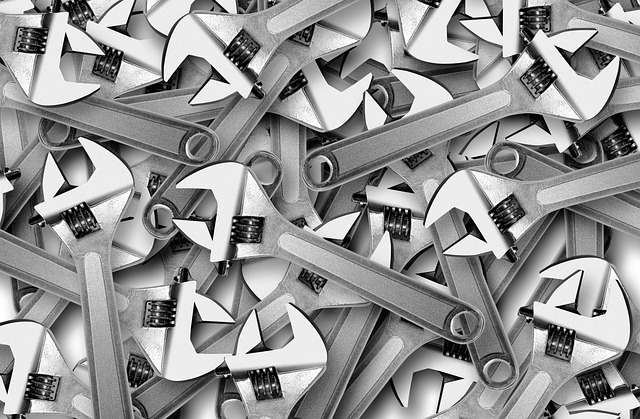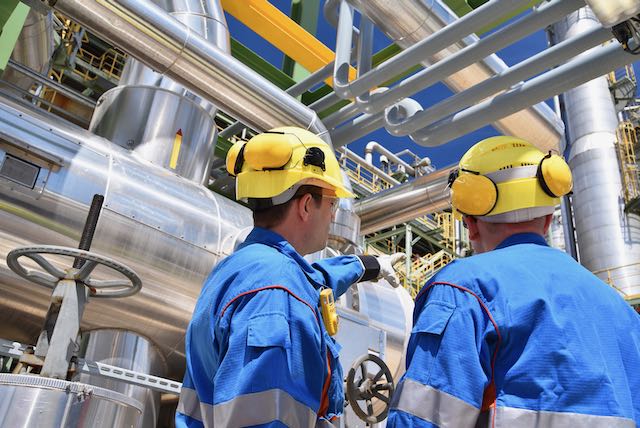Lessons Learned: Protection Against Falling Objects

According to the Bureau of Labor Statistics, more than 42,400 “struck by falling objects” OSHA-recordable incidents occur annually.
Falling objects can result from unsecured tools, materials, or equipment used at elevated heights. It is imperative that all staff and contractors rigorously follow established safety protocols to mitigate these hazards. Key actions include securing all items when working at heights, proper control of debris, using appropriate fall protection systems, and maintaining clear communication between workers at different elevations.
This falling objects report is a Safety Share from DOE/OPEXShare Protection Against Falling Objects at EM (Environmental Management) Sites.
On October 18, 2023, at the Hanford Site Waste Treatment Plant, a worker lost control of a 60-inch carbon steel pry bar weighing 18 pounds. They were standing on top of rebar mat and using the pry bar near the perimeter edge, on the +58-foot elevation of the High-Level Waste Building. They lost control (grip) of the bar causing the bar to fall 58 feet to a lower elevation. The employee was working on the +58-foot elevation on a rebar mat. They were attempting to pry a top mat bar to the east to position it to be tied. While using the pry bar, they stepped back, lost their balance, and let go of the pry bar causing it to fall from the edge of the east side of the +58 elevation.
The closest worker on the ground was approximately 15 feet away. There were no barricades to warn ground personnel or demarcate the immediate drop zone. A formal shutdown of work for all elevated work within 4 feet of an edge greater than 6 feet from a lower elevation was ordered by senior contractor management.
On October 11, 2023, at the WIPP site, two employees (an operator and spotter) were performing drilling operations for the installation of chain-link mesh. While drilling in the Rib/Back junction (at a 45-degree angle), the drill steel got hung up in the hole causing the operator to reposition the bolter to attempt to pull the steel out of the hole using the equipped clamp on the bolter. During the process, the steel came free from the clamps causing the steel to wobble from the created tension. The wobble caused the steel to work loose from the bit in the juncture and the steel came out of the hole. The momentum caused the steel to fly towards the spotter, who was standing by the right front tire of the bolter (approximately 15 feet.), and struck them in the front of the hardhat, knocking it off. The spotter was transferred to the surface via the Salt Hoist and then to the Site Clinic for evaluation. The site Nurse Practitioner determined that employee had suffered a concussion.
On August 14, 2023, at the EM KAPL site, subcontractor commenced roofing removal from the perimeter of the Q7 roof. The subcontractor was in the initial stages of removing the flashing from the roof. After staging materials and moving the lift into position, the subcontractor began flashing removal around two workers that were in a Genie aerial lift removing the flashing from the edge of the Q7 roof at an elevation of 12-15 feet. The subcontractor had a dropped-object exclusion zone set up to restrict access to this work area that also served as the regulated work area boundary. The subcontractor had one spotter standing outside of the boundary and two support personnel inside the boundary to accept waste as it was generated for placement into a waste container. An approximate two-foot length of aluminum flashing with felt paper backing fell to the ground inside of the dropped-object exclusion zone. The two support personnel inside the boundary were on the opposite side of the aerial lift and about 20 feet from where the flashing dropped and contacted the ground. The subcontractor was notified to place the work area in a safe configuration.
Summary of Events
From August 4 to 14, 2024, EM contractors around the EM complex experienced 3 separate events involving falling objects. Two of these events involved a falling object striking a worker, with one of these workers sustaining an injury to the worker’s arm. The other incident involved a falling object narrowly missing an employee by approximately three feet.
Upon review by the EM-3.112 staff, it was discovered that there have been 11 similar incidents across the EM complex over the past 11 months involving falling objects. This negative trend leads to a concern that requires immediate attention to evaluate and enhance the protection and controls against falling object hazards.
In each of these cases, either the hazard was not properly recognized, and/or appropriate controls were not effectively implemented.
Importance of Addressing Falling Object Hazards: Falling objects pose a significant threat to the safety of our workforce and other contractors across the United States. According to the Bureau of Labor Statistics, more than 42,400 “struck by falling object” OSHA-recordable incidents occur annually. 1s hard hats. Construction Industry (OSHA 1926): 1. OSHA 1926.501(c) – Fall Protection – Falling Object Protection: o Employers must use toeboards, screens, or guardrails to prevent objects from falling to lower levels, or barricade areas to protect workers from falling objects. 2. OSHA 1926.759(a) – Steel Erection – Falling Object Protection: o All materials, tools, and equipment in steel erection must be secured to prevent falling onto employees below. 3. OSHA 1926.502(j) – Fall Protection Systems Criteria and Practices – Protection from Falling Objects: o This standard requires toeboards, screens, guardrails, debris nets, catch platforms, or canopies to protect workers from falling objects. 4. OSHA 1926.250(b)(1) – Materials Storage: o Stored materials must be stacked, blocked, interlocked, or limited in height to ensure stability and prevent them from falling.
These OSHA citations underscore the importance of implementing a comprehensive strategy to protect workers from falling objects in both general industry and construction environments. Each of these regulations provides specific guidance on mitigating these types of hazards.
Recommendations for Improvement
Site office staff are urged to collaborate with their contractors to identify any weaknesses or areas for improvement with protective measures against falling objects.
The following actions are recommended:
• Hazard Analysis: Evaluate and enhance the process of analyzing hazards and developing controls, ensuring a thorough assessment of potential falling object hazards for each work scope.
• Program Review: Review and, if necessary, update fall protection program requirements to ensure they include guidance on securing tools, equipment, and materials while working at elevated heights.
• Engineering and Administrative Controls: Implement engineering controls, hazard elimination, PPE, and administrative controls to mitigate the risk of falling objects.
• Employee Training: Ensure that all employees are properly trained in using the identified controls for falling objects, including the use of lanyards, nets, and barricades.
• Communication Systems: Consider establishing a visual or audible communication system between workers at elevated heights and those on the ground to prevent accidents.
• Enhanced Oversight: Consider increasing oversight of both federal and contractor staff at EM sites, focusing on falling object hazards and the effectiveness of the controls being implemented. Additional references:
• Falling Objects Toolbox Aid
This Lessons Learned is from DOE/OPEXSHARE, published 9/24/2024, “Protection Against Falling Objects.”



